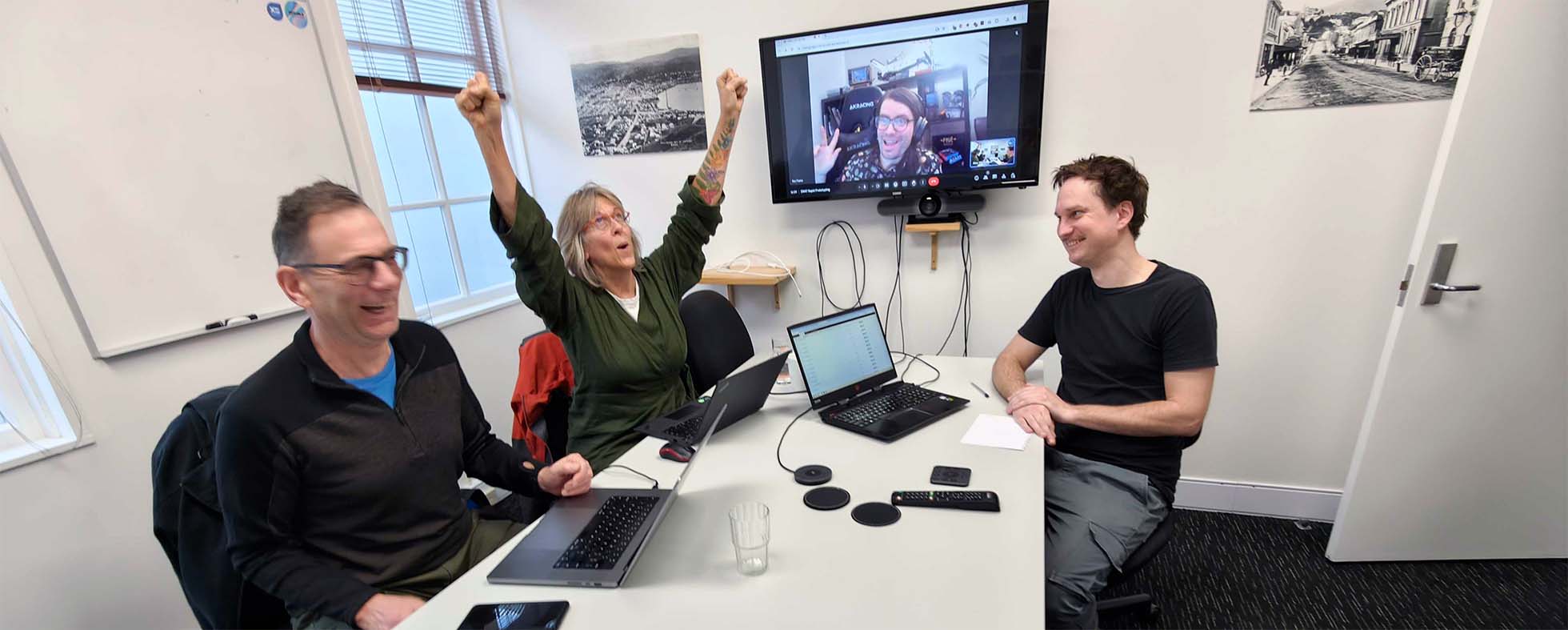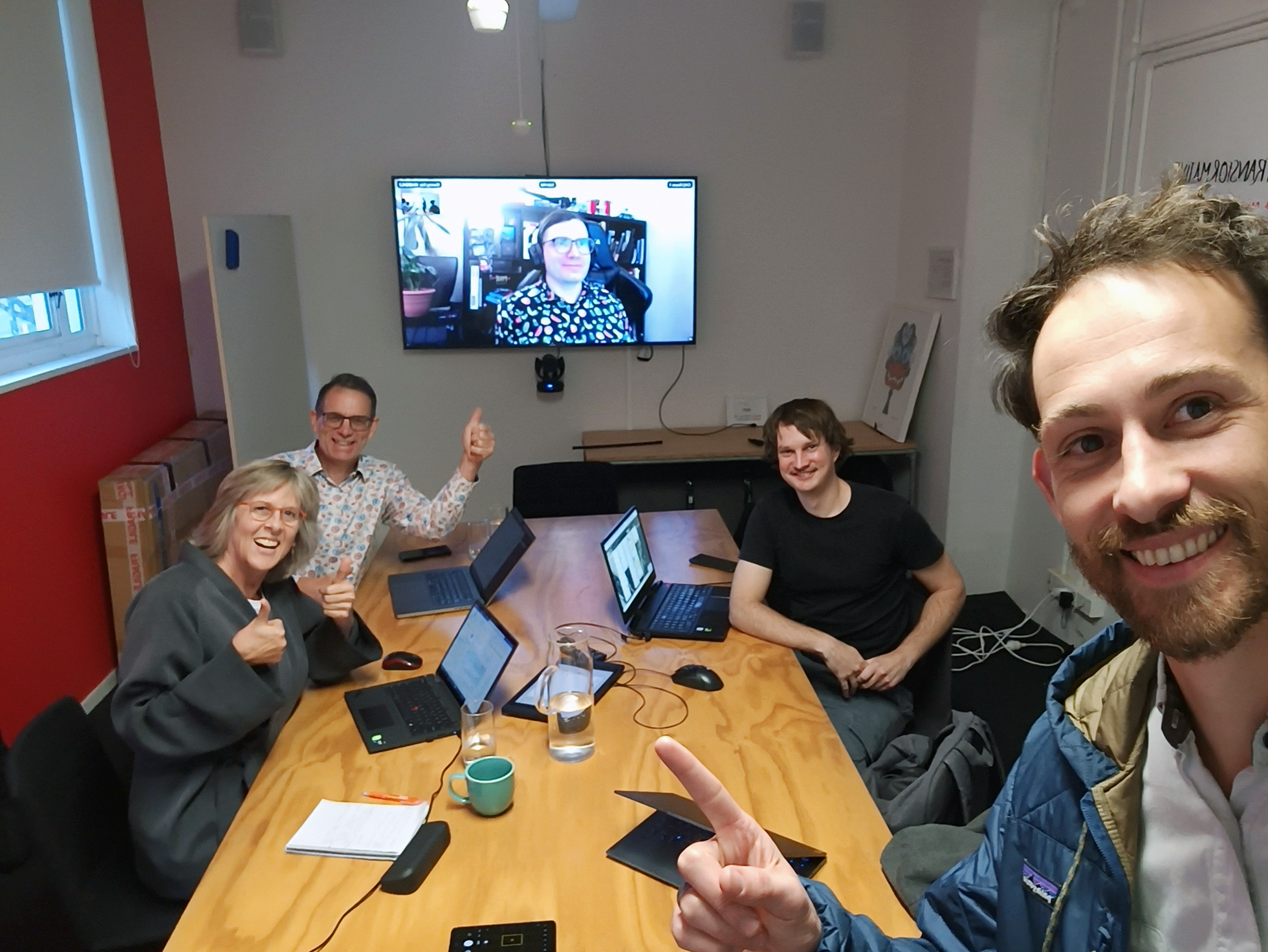Xequals & GovTech Accelerator: The First Chapter

As a business that’s always been passionate about the opportunity for NZ to be leaders in GovTech, we are thrilled to be a Rapid Prototyping Partner to CreativeHQ’s GovTech Accelerator this year.
What does that mean? It means we work with CreativeHQ to help Government teams harness the benefits of modern technology and methods for efficiently achieving great results with it.
Government projects involving digital development frequently suffer from timeline overruns, going massively over budget, getting bogged down in endless consultation. These problems that plague Government IT and web projects frequently lead to projects that either don’t deliver much, or in some cases, are abandoned due to over-complexity and deliver nothing at all. Kiwis, like all citizens, deserve better for their investment.
The GovTech Accelerator with Xequals as a Rapid Prototyping Partner and Technical Consultant provides a solution to this issue

By rapidly developing scalable solutions in a collaborative environment we are demonstrating how to cut through these problems, and deliver far more value, for less cost and time.
The process is simple, natural, organic, and fun. It works by essentially having everyone in the same room, while we rapidly build and assemble scalable solutions in front of the Government project leaders. They participate actively, helping us validate solutions, supply data and content, refine requirements, and collaborate to get stuff done. It’s wildly efficient and directly avoids all the endless, time consuming email cycles, miscommunications, unproductive meetings, and the general waste of time that often underpins traditionally operated digital project structures.
The work happens mostly in-person or real time collaborative video calls, at regular weekly intervals to sustain momentum.
Here’s an overview of the process and how it works.
Getting to Know Each Other
- Introductions: Meet the team
- Overview of Rapid Prototyping: Quick introduction to methodology
- Initial Problem Statements: Define and understand the initial issues
- Needs Analysis: Identify and discuss needs
- Current Project Status: Understand the current state of the project
Document Requirements
- Define Core Problems: Prioritise issues to address
- Gather Documentation: Collect necessary documents and materials
- Explore Data Modelling: Analyse data structures
- Immediate Focus: Identify short-term goals and lay groundwork for future growth
- Meet Business Case Goals: Ensure goals align with business objectives
Reverse Brief
- Evaluation and Recommendations: Professional assessment and suggestions on:
- Rapid prototyping architecture
- Data and user modelling
- API structures
- Overall project approach
- Design system and
- Agile Approach: Focus on solving prime problems with prioritised features. Continuous feedback and refinement ensure prototypes meet expectations and adapt to changes easily.\
Codesign Validation
- Feedback and Final Brief: Collaborate with teams to finalise a mutually agreed brief for the build plan
- Build Plan with Signed-off Architecture: Begin rapid prototyping with a clear target, allowing flexibility while considering resource and budget constraints
Prototyping Sessions
- Session #1: Half-day workshop for stakeholders and the prototyping team to work on various tasks simultaneously
- Session #2+: Continuation of the format from Session #1, iterating through design, development, testing, refining, and deploying. Involves real end-users for feedback
- Ongoing Sessions: Repeat sessions until project hours are exhausted
- Final Build Deployment: Use the last two hours for final deployment and handover to the teams. They will use the prototype to demonstrate value, gather support, and plan future iterations
The approach is effective because it values in person collaboration, focuses on achieving results rapidly, validating and deploying features as we go. By proactively addressing the common pitfalls this directly challenges the known ‘failure modes’ that lead to Government projects failing.
This is the first in a series of articles diving into our experiences working with the Government teams, sharing their stories, and the successes we have together along the way. The Government leaders and CreativeHQ will join us in showcasing these innovative projects highlighting this collaborative approach.
Watch this space as we profile the amazing projects they’ve engaged us in, and the innovative solutions that we rapidly develop!
Author: Alex Matthews
Alex is the Director of Xequals and the Co-Founder of Xequals alongside Rox Flame. Together they started the company back in 2011 as two friends who enjoyed making websites together; typically following a rapid prototyping approach. In this new chapter with the GovTech Accelerator, getting back to their roots together as hands-on, collaborative web developers has been extremely fun and refreshing.
If you're in need of a technical partner you can trust
